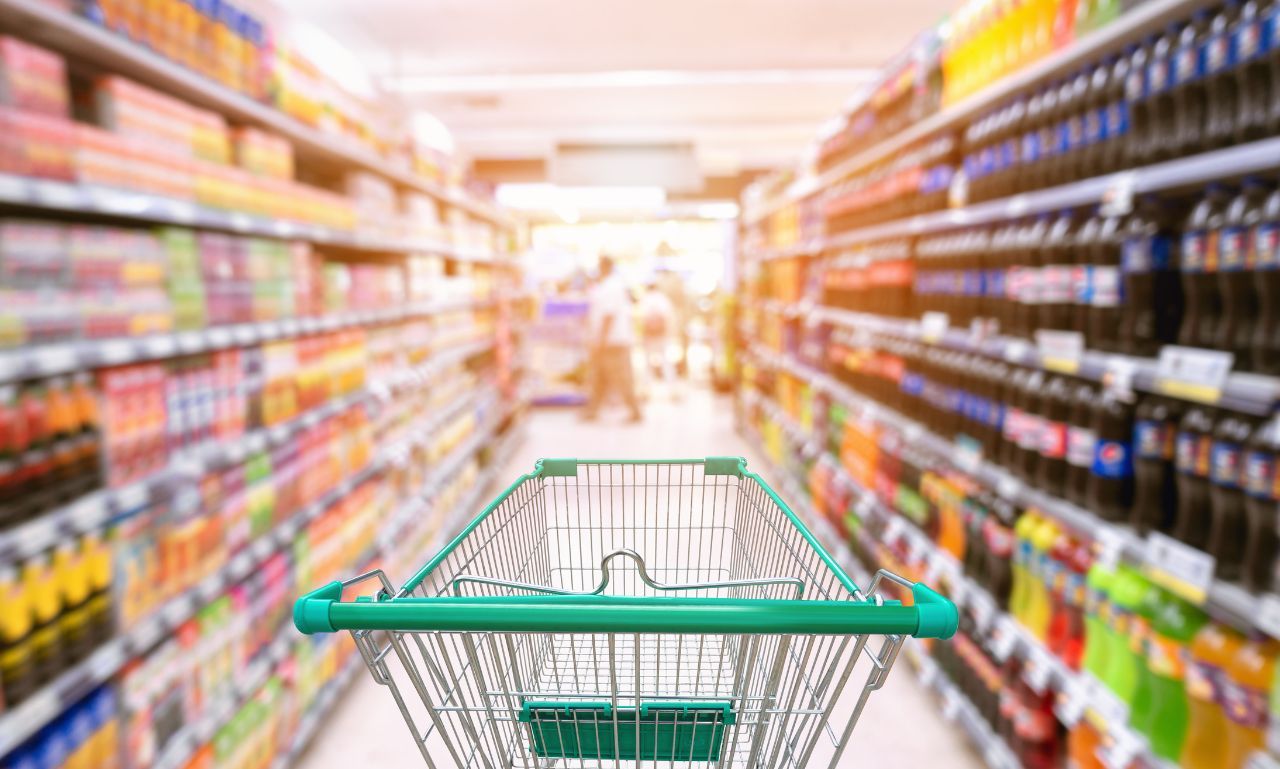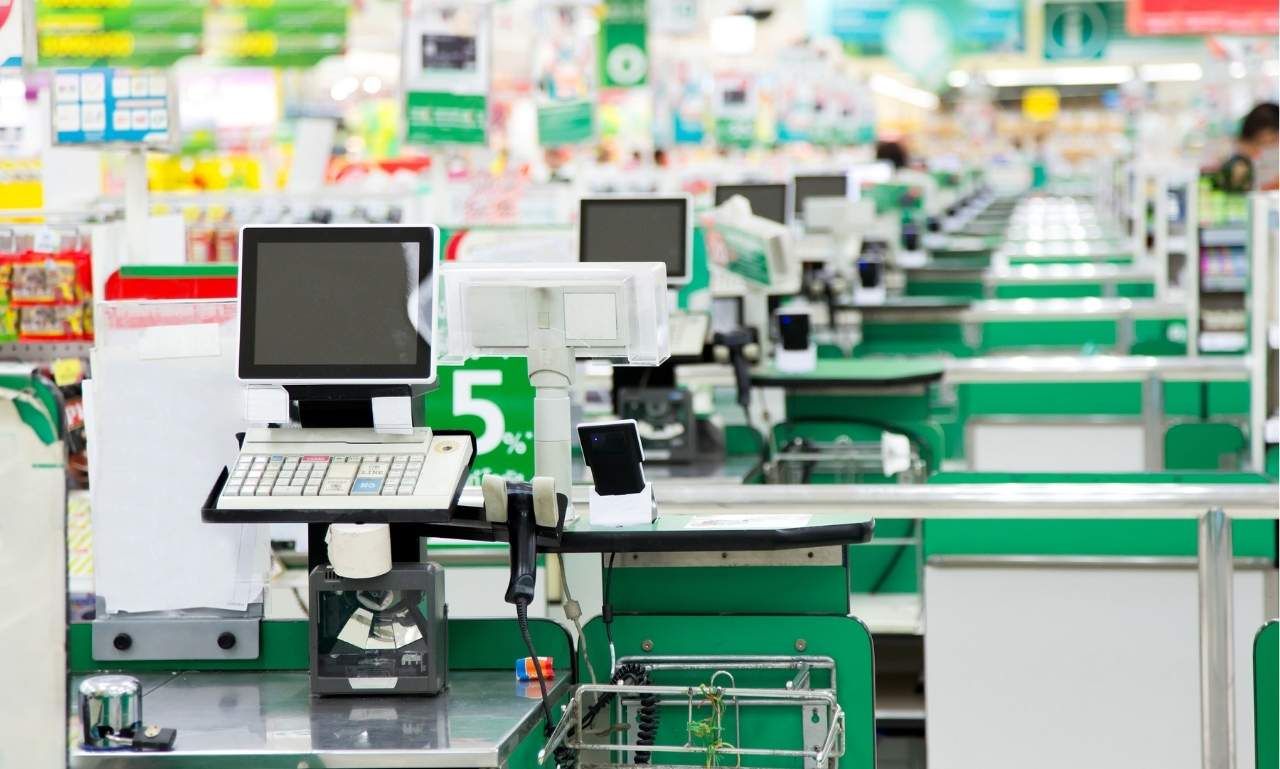The retail world has changed, and your physical store now serves as the heartbeat of customer connections. Every detail shapes how customers feel about your brand. The moment someone steps through your doors, they form lasting impressions. These moments can transform casual shoppers into devoted fans. Smart retailers know this truth. Recent studies show that 90% of retail sales still happen in physical stores. This fact might surprise you in our digital age. The numbers tell an important story.
Why is your in-store experience important?

Modern shoppers carry powerful computers in their pockets. They can buy almost anything with a few quick taps. Yet they still choose physical stores.
The reason goes beyond simple product acquisition. People crave authentic experiences and human connections, which your store provides. Industry research reveals that 70% of buying decisions happen inside physical stores, highlighting the power of in-person shopping. Your store's environment matters deeply.
Consider successful brands like Lululemon. Their stores offer yoga classes and community events, which create powerful emotional bonds with customers. The Apple Store revolutionized retail by focusing on experiences first. They turned shopping for technology into an interactive adventure. Other retailers now follow their lead.
Your store's experience directly impacts your bottom line. Research shows that positive experiences increase average purchase values by 40%, and customer satisfaction drives profit growth.
Key elements of an in-store experience
Service
Outstanding service starts with your team's attitude. Every interaction should make customers feel valued and understood. Your staff represents your brand values. Major retailers invest millions in-service training programs. They know that great service drives repeat business, and the numbers prove this investment worthwhile.
Target transformed its service approach in recent years. Their team members now receive specialized product knowledge training. Customer satisfaction scores have risen significantly. Studies show that 90% of customers value knowledgeable staff above all else. They want experts who can solve their problems. Your team needs deep product understanding.
Personal styling services at Nordstrom demonstrate this principle perfectly. Their experts create lasting relationships with customers. These connections generate substantial revenue.
Ambiance
Your store's atmosphere directly affects purchasing behavior. Research proves that the right music can increase sales by 15%. Lighting choices impact browsing time significantly. Successful retailers like Anthropologie craft distinct sensory experiences. Their signature scents and carefully chosen music create memorable environments. Customers remember these details.
Color psychology plays a crucial role in-store design. Different shades trigger specific emotional responses. Smart retailers use this knowledge strategically. Temperature and air quality matter more than many realize. Studies show comfortable environments increase shopping time by 30%. Longer visits typically mean higher sales. The Body Shop masters the art of sensory marketing. Their stores engage all five senses effectively. This approach helps customers connect deeply with products.
Store layout
A strategic store layout can boost sales significantly. Studies show that right-turn store layouts increase purchases by 20%. Customer flow patterns matter enormously. Leading retailers update their layouts seasonally. They track customer movement using heat mapping technology. This data drives continuous improvement. Whole Foods arranges products to tell cultural stories. Their layout encourages exploration and discovery. Customers often find new products naturally.
Research confirms that wider aisles increase purchase likelihood. Comfortable spaces help customers focus on products, while cramped spaces drive customers away quickly. The Container Store groups products by solution instead of category. This approach helps customers solve organizational problems easily. Sales have increased consistently.
Interactive tech
Modern technology enhances traditional shopping experiences. Smart mirrors in fitting rooms boost sales by 35%. Digital displays provide valuable product information instantly. Sephora's Virtual Artist technology revolutionized makeup shopping. Customers can try products virtually before buying. This innovation reduced return rates significantly.
Nike's House of Innovation stores blend digital and physical perfectly. Their app connects seamlessly with in-store experiences. Technology serves the customer journey naturally. Interactive kiosks reduce perceived wait times by 40%. They provide quick answers to common questions. Staff can focus on complex customer needs. Timberland's virtual footwear customization stations engage customers effectively. People spend more time exploring options. Custom orders have increased substantially.
Seamless checkout

Modern customers hate waiting in line. Studies show that long checkout times drive 70% of cart abandonment. Quick payment options matter enormously. Mobile payment systems speed up transactions significantly. Stores using these systems report 30% faster checkout times, and customer satisfaction increases noticeably.
Apple's mobile checkout system changed retail forever. Their staff can complete transactions anywhere in the store, and other retailers now copy this approach. Self-checkout options give customers more control. Research shows younger shoppers prefer these systems. Traditional registers still matter for complex transactions. Facial recognition payment systems are gaining popularity in some markets. These systems reduce checkout time to seconds. Security concerns require careful consideration.
Experiential retail
REI's climbing walls create unique in-store experiences. Customers test gear in realistic conditions. These experiences build trust and drive sales. Williams-Sonoma's cooking classes bring products to life. Participants often purchase items used during demonstrations. These events create lasting brand connections.
Lego stores let children build and play freely, helping parents see products in action. Fun experiences encourage repeat visits. Research shows that experiential stores see 40% higher repeat visit rates. Customers value memorable activities, which justify physical store visits.
Samsung's experience stores focus on product education. Customers learn through hands-on demonstrations. This approach reduces return rates significantly.
Personalization
Data shows that 80% of customers prefer personalized experiences. They want retailers to understand their needs, and personal attention drives loyalty. Successful retailers use customer data effectively. They track preferences and purchase history, which helps create tailored experiences.
Saks Fifth Avenue's personal shopping service demonstrates this principle. Their stylists maintain detailed client profiles, and personalized service drives significant revenue. Technology enables better personalization daily. Smart fitting rooms remember customer preferences and digital displays show relevant product recommendations.
Studies prove that personalized experiences increase average order value by 50%. Customers spend more when they feel understood. Your data strategy matters greatly.
Merchandising
Creative displays can increase product sales by 540%. Visual merchandising effectively drives impulse purchases. Professional presentation matters enormously. Successful retailers change displays frequently. Fresh presentations give customers new reasons to visit, and seasonal themes create shopping urgency.
Anthropologie masters the art of creative merchandising. Their displays tell compelling visual stories, and customers often photograph and share these presentations. Research shows that eye-level products sell 35% better than others. Product placement affects purchasing decisions significantly. Every shelf position matters. Proper lighting can increase sales by 60%. Well-lit displays draw customer attention naturally. Shadow areas reduce product appeal dramatically.
Community engagement
Local events create strong community connections. Research shows that involved retailers see 50% higher customer loyalty. Community investment pays off. Successful stores host regular gatherings. Book readings, workshops, and classes bring people together, strengthening brand relationships.
Patagonia's environmental initiatives demonstrate community commitment. Their activism resonates with core customers. Shared values drive brand loyalty. Studies prove that socially responsible retailers attract more customers. Modern shoppers care about community impact. Your local presence matters greatly. Community involvement reduces marketing costs significantly. Positive word-of-mouth spreads naturally. Local connections create authentic brand advocates.
Benefits of delivering a good in-store customer experience
Increased sales
Research shows that positive experiences increase average transaction value by 40%. Satisfied customers spend more freely and shop more frequently. Stores with top-rated experiences grow 20% faster than competitors. Customer satisfaction drives financial performance. Investment in experience pays off.
Studies prove that engaged customers buy 90% more frequently and spend 60% more per transaction. Positive experiences significantly affect buying behavior. Leading retailers track experience metrics carefully. They know that satisfaction scores predict future sales. Continuous improvement drives growth.
Improved customer loyalty
Loyal customers spend 67% more than new ones. They also recommend your store to others. Strong experiences build lasting relationships. Research shows that satisfied customers tell nine others about their experiences. Word-of-mouth marketing drives new customer acquisition. Positive stories spread naturally.
Studies prove that loyal customers cost less to serve. They return items less frequently and complain less often about prices. Leading retailers focus on building long-term relationships. They know that loyalty drives profitable growth. Every interaction matters significantly.
Enhanced brand image
Positive experiences create powerful brand advocates. Research shows that satisfied customers tell twice as many people, and their stories influence others effectively. A strong brand image attracts better employees, and quality staff delivers better experiences. This cycle drives continuous improvement.
Studies prove that a positive brand image increases marketing effectiveness. People trust recommended brands more. Word-of-mouth reduces advertising costs. Leading retailers invest heavily in brand experience. They know that reputation drives long-term success. Every detail affects brand perception.
Online shopping vs. in-store shopping
Pros of in-store shopping

Immediate product availability remains crucial. Research shows that 90% of customers value instant gratification. Physical stores meet this need perfectly. Touch and feel experiences matter enormously. Studies show that physical interaction increases purchase confidence. Returns happen less frequently.
Personal service adds significant value. Expert advice helps solve problems quickly. Human connections build lasting relationships.
Cons of in-store shopping
Limited hours restrict shopping flexibility. Some customers find traditional schedules challenging. Work conflicts affect shopping patterns. Physical distance significantly affects convenience. Long travel times discourage frequent visits. Weather conditions sometimes limit accessibility.
Inventory limitations frustrate some customers. Specific items might be temporarily unavailable. Special orders require extra time.
Pros of online shopping
24/7 availability offers maximum convenience. Customers shop on their own schedule. Time zones don't limit access. Broader product selection attracts many customers. Online catalogs show all options clearly. Special items remain easily accessible. Price comparison happens instantly online. Customers find the best deals quickly. Competition drives better value.
Cons of online shopping
Shipping costs affect the total purchase price. Delivery times vary significantly. Returns require extra effort. Product quality assessment challenges many customers. Photos don't show everything clearly. Size and color accuracy vary.
Technical issues interrupt shopping sometimes. Website problems frustrate customers. Security concerns affect confidence.
Conclusion
Physical retail continues evolving rapidly. Your store's experience determines future success, and every detail affects customer relationships. Research proves that experience-focused stores grow faster, attract more loyal customers, and generate more positive word-of-mouth. Your investment in experience drives sustainable growth. Focus on continuous improvement. Listen to customer feedback actively.




